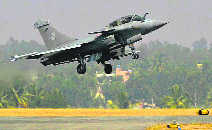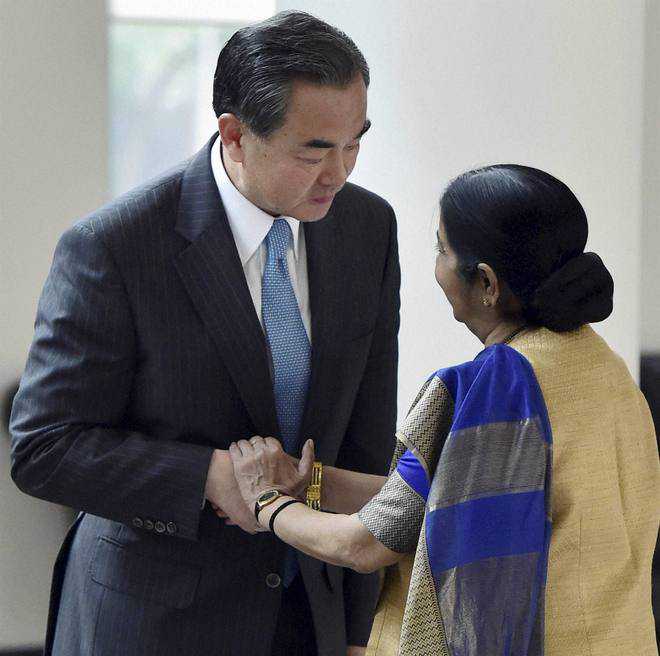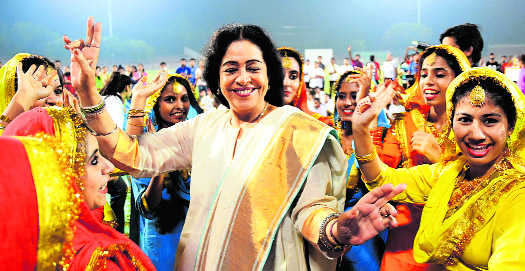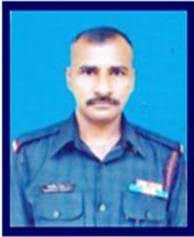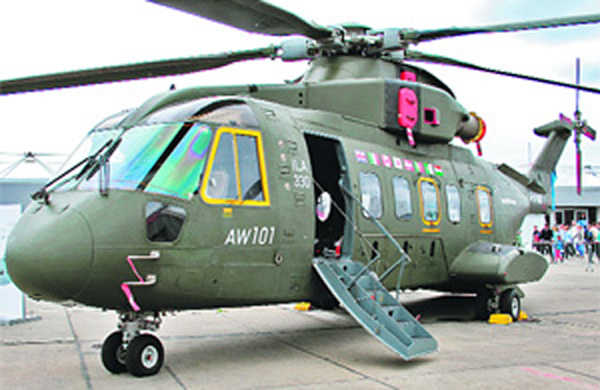
The Bench questioned senior counsel Prashant Bhushan on the nine-year delay in filing the petition.
Legal Correspondent
New Delhi, September 23
The Supreme Court on Friday sought the Centre’s response to a PIL seeking an independent probe into the purchase of an Agusta A109 VIP helicopter by the Chhattisgarh government in 2007-08 and the alleged offshore accounts of Chief Minister Raman Singh’s son Abhishek Singh.
A Bench comprising Justices Dipak Misra and C Nagappan, however, refused to issue a formal notice to the Centre and the Chhattisgarh government on the PIL by NGO Swaraj Abhiyan and Dr AA Degwekar.
The Bench questioned senior counsel Prashant Bhushan on the nine-year delay in filing the petition. Bhushan pleaded that most of the details about the deal were available only now.
The petition said the deal was for $6.57 million (about Rs 44 crore) and nearly one-third of this ($2 million or Rs 13 cr) was paid to a company registered in British Virgin Islands as commission for early supply. In 2011, the Comptroller and Auditor General (CAG) had indicted the state government for wasting considerable money by going through a charade of global tender.
An Internet search showed that several other companies were selling helicopters with same specifications at prices ranging from $1.3 million to $2.6 million, the petition said.
Soon after the state government paid the amount to Agusta dealer Sharp Ocean, Abhishek Singh also opened an account through a company called Quest Heights Ltd, allegedly incorporated in British Virgin Islands, on July 3, 2008, the petitioner pleaded.























































